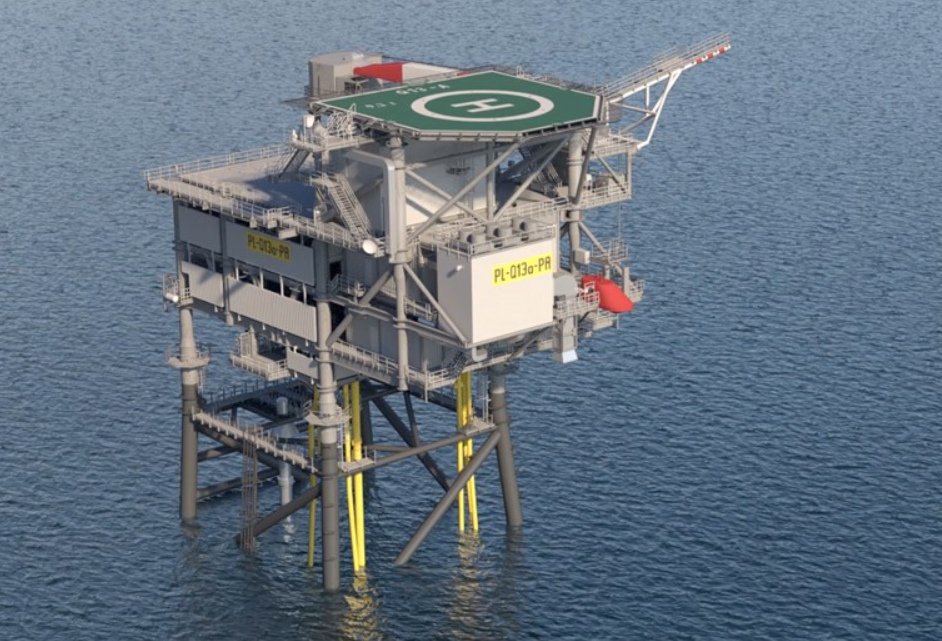The Netherlands – The first location in the world where a pilot project to develop an offshore hydrogen plant is envisaged is the North Sea.
The Q13a oil and gas platform of Neptune Energy, which is more than ten kilometers off the coast of The Hague, will host a facility that will create green hydrogen from renewable electricity produced by wind. TNO developed the idea as part of the North Sea Energy Program and will execute the test plan. This is the first phase of the North Sea’s large-scale hydrogen production.
The PosHYdon project has received a 3,6 million demonstration energy and climate innovation grant from the Netherlands Enterprise Agency (RVO). The consortium may finally begin all of the activities for this pilot with the help of this fund. The fourteen consortium partners will cover the remaining expenses.
PosHYdon, which will comprise the building of a hydrogen-producing plant on the Neptune Energy-operated Q13A platform, aims to evaluate the integration of three energy systems in the Dutch North Sea: offshore wind, offshore gas, and offshore hydrogen. This completely electrified platform is situated around 13 kilometers off the coast of Scheveningen in the Dutch North Sea (The Hague).
The collaboration and outcomes of the PosHydon project will tell us a lot about the further actions that must be taken in order to produce safe, massive amounts of green hydrogen at sea.
There will be numerous winners if the pilot is successful. TenneT can transport oceanic wind energy to land with fewer expensive cables and other pieces of electrical infrastructure. The current pipes can be used to transport hydrogen in part. Since many areas of offshore gas production are coming to an end, the platform owners may be able to make a new financial case. A new generation of electrolysers, which presently only exist for use on land and split water into water and oxygen, will be created by manufacturers for use at sea.
Unique concept
TNO is closely collaborating with the platform operators and the manufacturers in this pilot. Long distances, salt water, strong winds, more wear and tear, greater installation costs, and more expensive maintenance make creating sustainable hydrogen at sea considerably different from doing so on land. On the other hand, significant cost benefits might be anticipated for the large-scale conveyance and storage of wind energy. Both sides will be interested in creatively turning these drawbacks into a lucrative endeavor.
In order for installations to run remotely and without people in process technology, offshore operations, measurement technology, safety, and energy systems, TNO provides knowledge on sensors and data transfer. These intricate problems have undergone coordinated practice testing. Additionally, this project could act as a launchpad for energy islands at sea where hydrogen generation is also envisioned.
The one megawatt pilot plant, which will be constructed on the Neptune platform, is anticipated to go online in 2022. This might seem insignificant, but if the technology and approach developed by TNO are successful, scaling it up won’t be a problem. Additionally, the environmental impact is favorable: when compared to hydrogen produced from natural gas, each kilogram of hydrogen produced sustainably saves ten kilos of CO2.
NEL Hydrogen, InVesta, Hatenboer, IV-Offshore & Energy, and Emerson Automation Solutions are the new members of the PosHYdon collaboration. The following companies joined this group last year: Nexstep, TNO, Neptune Energy, Gasunie, Noordgastransport, NOGAT, DEME Offshore, TAQA, and Eneco. Neptune Energy (operator and 50%), EBN B.V. (40%) and TAQA Offshore B.V. ( 10%) are the platform’s partners.





